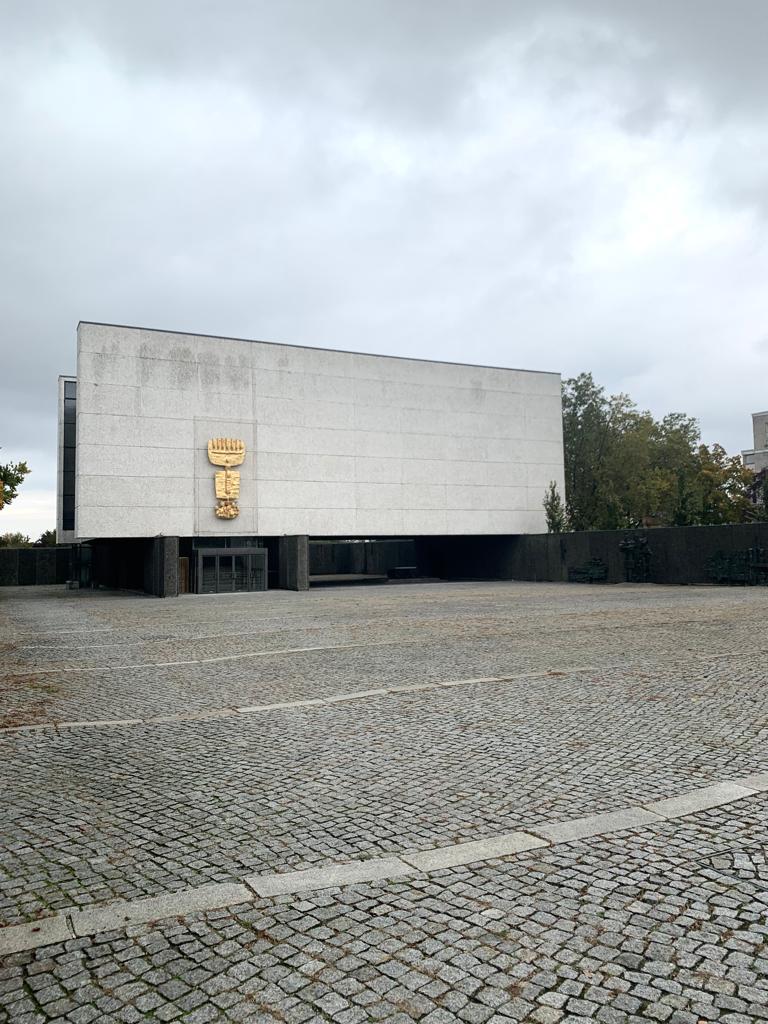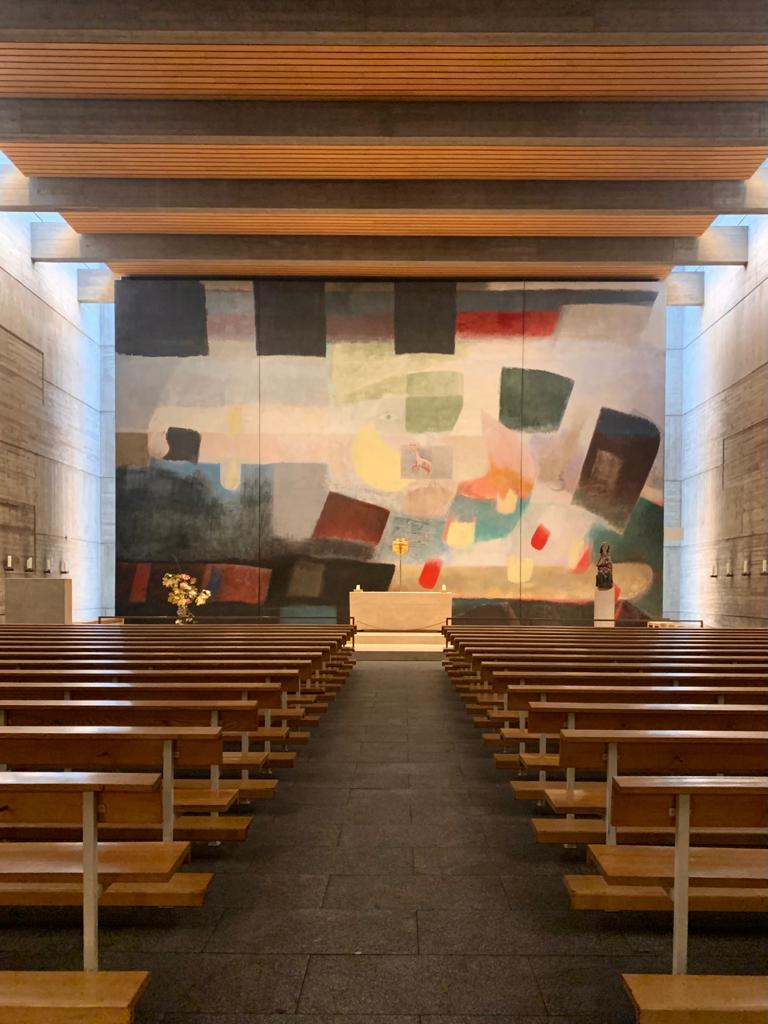Esmanur Tüysüz
We often focus on the fact that the spatial concept has only a physical meaning for us. However, the creation of this physical perception does not happen by chance. Imagination and intuition play a mayor role in this, even if we do not realise or pay attention to them in normal life.
Our body is not just a physical structure consisting of organs. We have ears to hear, nose to smell, eyes to see, mouth to taste, skin to feel. And while the senses sometimes make us feel the warmth of a place, sometimes we go back in time with an odour. Sometimes with a sound we go to another memory in our subconscious and thus we find ourselves in the space created by our mind. In fact, this manipulation is always present when creating space.
In the second part of our experiment with the non-architect, we understand the connection. Everyone’s feelings, experiences, thoughts are different even if the environment is the same. As architects, we should not forget this.
Perception is actually a game of our mind. Everyone’s perception is different. What their senses make them feel deep down is different, and our task as architects is to think, analyse and design these spaces.
A visit to the Maria Regina Martyrum memorial church in Berlin, built in 1963 by architects Hans Schädel and Friedrich Eber…
WHAT

HARSH
I’m walking through the city and suddenly I see this wall and it looks tough and brutal. It’s a bit creepy, because I’m in a foreign environment and there’s no one around. I don’t feel like I’m in a touristic place or even in Berlin.
HOW

MONUMENTAL
It’s not an ordinary height that suddenly appears. Bigger than any other wall in the neighbourhood. Cold. Gray. The hard feel of concrete. Sudden openings. And yet closed. This geometry is sharp. It’s not soft. It punches me. Like the coldness of the air.
WHY

AWARENESS
From the moment of entry, sharp geometry and abnormal dimensions are used to suddenly create awareness by the environment and to emphasize that it is a building with a different function. The signs should give the victory, the overcoming of death and the resurrection, which is the answer to Christianity. Because of the history of the church, it must be a reminder.

WHAT

DISTANT
When I enter through the walls, I was welcomed by a large and massive building, but it is not an exciting welcome. It has a distant, secretive air. Although there are many remarkable details, in general it is like a place that tries to stay hidden within itself. It is open to outside guests, but it is not very ready. As I descend the uninviting steps, I still want to take a tour around it.
HOW

LIKE A MYSTERIOUS BOX
The building is not located close to the entrance. The path to the entrance is a continuous series of thin and wide steps. Slowly we reach the entrance. A single building doesn’t feel very warm because of its cold color. And I want to look into the eyes of the building but I can’t see the windows, like a closed box that doesn’t want to open itself to us.
WHY

SCALE
The distance of the entrance to the building after the entrance to the courtyard is a determining element of the entrance. The building, which does not have many openings, aims to create a spiritual feeling in the interior environment, but it is closed to the outside because it is not just a normal building. The cubic concrete building is an outstanding example of church construction and religious art of the post-war period. Prominent names such as the then Würzburg cathedral architect Hans Schädel were involved in its construction. The building ensemble includes a walled forecourt for large events, which is reminiscent of roll call areas and prison yards.
WHAT

FRIENDLY
After a distant welcome from the outside, the inside was warm and inviting. After the strange, cold and gray weather, it was colorful, warm, friendly, calm and cheerful. The brutal atmosphere outside gave way to an artistic but not pretentious place. I walked from the back to the front and sat in the fourth row of seats. I didn’t want to be too far away or too close. And I listened to myself alone. Meanwhile I gradually heard other voices. Humming. Even though I was in a warm environment because I was alone, after a lot of time, this place also felt a bit creepy to me.
HOW

WARM
The warmth of wood. Trust. a refreshing light that doesn’t bother the eye. Colors. Different colors, but not too complex to strain the eyes. Sitting close. Getting closer. The arrangement of the benches is not so close that it bores you, but not so far that it adds distance.
WHY

MATERIALITY AND LIGHT
Trust-building materials were used to make people feel comfortable while having a spiritual experience. In this historically charged place, Georg Meistermann has dared to look forward to the fulfilment promised to us in faith. What happens in the liturgy of the Holy Mass, the interlocking of heaven and earth, the connection between the heavenly fulfilment awaited in faith and the present fragile human activity, is depicted with the means of the entire painterly world. In this colour architecture determined by the symbolic concept of light and darkness, the lamb, which is aligned with the “eye of God” as a sign of the present God, remains a significant symbol of the world-perfected reign of Christ.